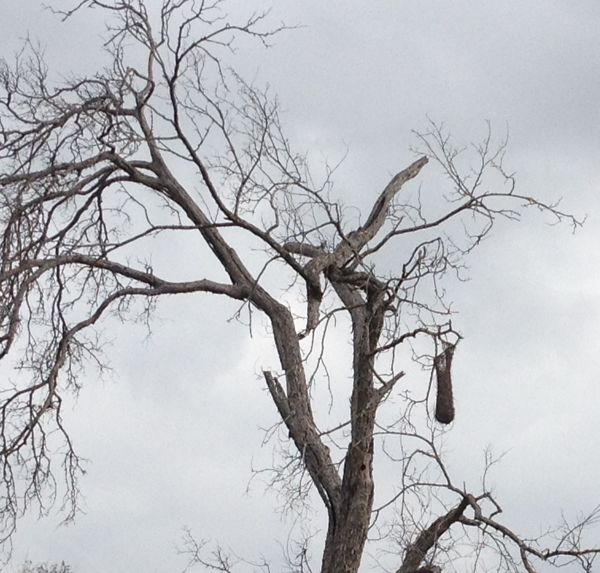Taking a trip to a new state or country can yield you dozens of new birds in a day. But then there are those birds that catch your eye in a field guide or bird magazine article and you think, “My gods, I want that so much, I need to see it so badly, shut up and take all my money. Show me that damn bird.”
Generally, I prefer to get birds where they are supposed to be. And I’m content seeing birds over and over. The day I’m bored with green jays is the day I hang up my Swarovskis. I’m not one to chase a new state record on the other side of my state, especially if I have seen that bird where it normally lives. I’ll make an exception if it is within ten miles and I know I’ll see friends, but I’m not into chasing that much.
The blue bunting in the National Geographic Field Guide.
When I was working from the Rio Grande Valley, Texas this past winter there were many rarities being reported and of particular interest to me was a blue bunting. I have been intrigued by blue buntings ever since I was a kid and given a National Geographic Field Guide. Whenever I got a new bird book as a kid, I would immediately go to the pages of my favorite birds: scarlet tanager, indigo bunting, pileated woodpecker to see the photo or illustration. When I got to the page for buntings in the National Geographic, I was struck by a bird I hadn’t heard of before called a blue bunting that was even darker blue than an indigo bunting, it looked like it had patches of lighter blue, did the bird shimmer? As a kid I thought that must be something to see.
As I started traveling, I figured it was a matter of time until I would cross paths with one, but alas, my life list was blue bunting free. Sure, there are birds that pop up across the Texas/Mexico border, but they were usually females. I know, I know, female birds are cool too and we shouldn’t just look at the pretty boys, but I really wanted to see how that blue works on that bird. I couldn’t understand from photos what that blue was all about. Was this bunting super shiny?
This winter, one was reported at Resaca de la Palma, about 45 minutes from where I was working. People were posting pictures on social media, eBird was giving me alerts, it was too tempting not to chase. And Resaca is a good park, lots to see there so it’s not like I was going just for the bunting. I headed out and brought my bike along. Masks were still required if you were grouped around the blinds to watch the feeder birds. We waited, and even ran into a few friends who were happy to tell me that they had already seen the bunting. But no bunting ever showed up. Many other great birds did like the usual green jays and Altimira orioles. I decided to hit the trails with my bike and maybe try again the next day—the bike ride was good birding, and yielded a ruddy ground dove on one of the trails.
The dulcet tones of plain chachalaca song serenaded me as I waited hours for a blue bunting to show up to Resaca de la Palma.
I’d arrived a bit late in the day for the blue bunting and word on the birding street was that the bird shows up in the morning. The next day I arrived mid-morning and was told the bunting had just been seen. But it wasn’t seen again while I was there. I had only a couple of hours because I had an online training to do and the reception wasn’t good enough at the park for me to participate from the bird feeders. At this point I was thinking, “I’ve tried twice, let’s not waste any more time and gas…” But I kept seeing pictures of this glorious male posted by people who made the drive down from Dallas or Austin. I was only 45 minutes away. This male was practically a guarantee if I was there at the right time and when would I see one again? Also, we were in a freaking pandemic…what else do I have to do but go birding or ride my bike? The last time I’d gotten a lifer was 2019? Maybe even 2018?
I decided I would give the bird a third try, this time taking some annual leave work. I had a meeting at 12pm so I gave myself from dawn until 11am to get it. When I arrived before the visitor center was open the ranger saw me and said, “It was just here but usually will come back in 45 minutes.”
I actually got this crimson-collared grosbeak at Estero Llano Grande but it’s better than the picture I got at Resaca de la Palma. This species was all over the Valley this winter.
I had a good four hours to play with so I waited and 45 minutes came and went. I saw so many great birds that other people were trying for like the crimson-collared grosbeak, tropical parula, and golden-crowned warbler. Heck, I even saw the orange crown of the orange-crowned warblers as they bathed in the water feature in front of me. It was a weekday and pretty quiet, I mostly had the place to myself, apart from the occasional person looking for a different bird.
“You here for the crimson-collared?”
“No, but it was just here ten minutes ago, I’m here for the blue bunting.”
“Ohhhh man, I had the bunting last week, it’s amazing! Darn, I wonder if the crimson-collared will come back. I need that bird.”
Anther couple arrived and like me, they were going for the bunting. They staked themselves out at a blind to my left and we waited. 10am arrived and I began to wonder if I was going to dip on this bird again. I wanted to see it so badly. I’d already invested about 11 hours of watching and driving trying to get the bird that everyone else seemed to get. And I was seeing GREAT birds too so it wasn’t a total loss but I really wanted this bird. Time was growing short, it was already past 10:30am. I had to be in my car and driving back at 11am to make my next meeting.
Then miraculously…it flew in for some water at 10:45am. I managed to get some video because I wanted to see how all that dark and light blue worked together. Of course the danger of when I get life birds and take video is that it comes with a lot of swearing. But here is the video.
Who doesn’t swear when they get a lifer?
And the blue was insane. The bird looked like it shimmered, even though the feathers weren’t really shiny, so much as the bird has lighter patches of sky blue on its head, cheeks, and wings. It was a combination of blue that no photo can do justice and to watch it move and fly was like watching a piece of electricity flit around trees and dirt.
I drove home, triumphant. I felt giddy. I felt like a huge weight was off my shoulders. I felt like…I’d say I felt like I got a massage, but no, I felt like I’d just had really great sex. It’s not a feeling I get with just any lifer, this was a bird I dreamed about seeing as a kid—it’s colorful bird, it’s not like getting a flycatcher or Old World warbler. This was a highly desired bird. Also, I had gone for it multiple times. And while I waited for this magical creature to show up, I got to enjoy all my Texas favorites. I enjoy winter, but the silence gets to me. Working in south Texas this past winter really hit home how much I need bird song in my life as much as possible.
I lived on the high of finally seeing that damn bunting the rest of the day and well into the next. I could feel the endorphin rush with every breath. I made it back to my computer in time for my meeting. Oddly enough, the meeting I had to attend after getting that bird led me to more lifers, including a nemesis bird.
All in all, it was a great day and writing about the blue bunting still gives me a bit of an endorphin rush.






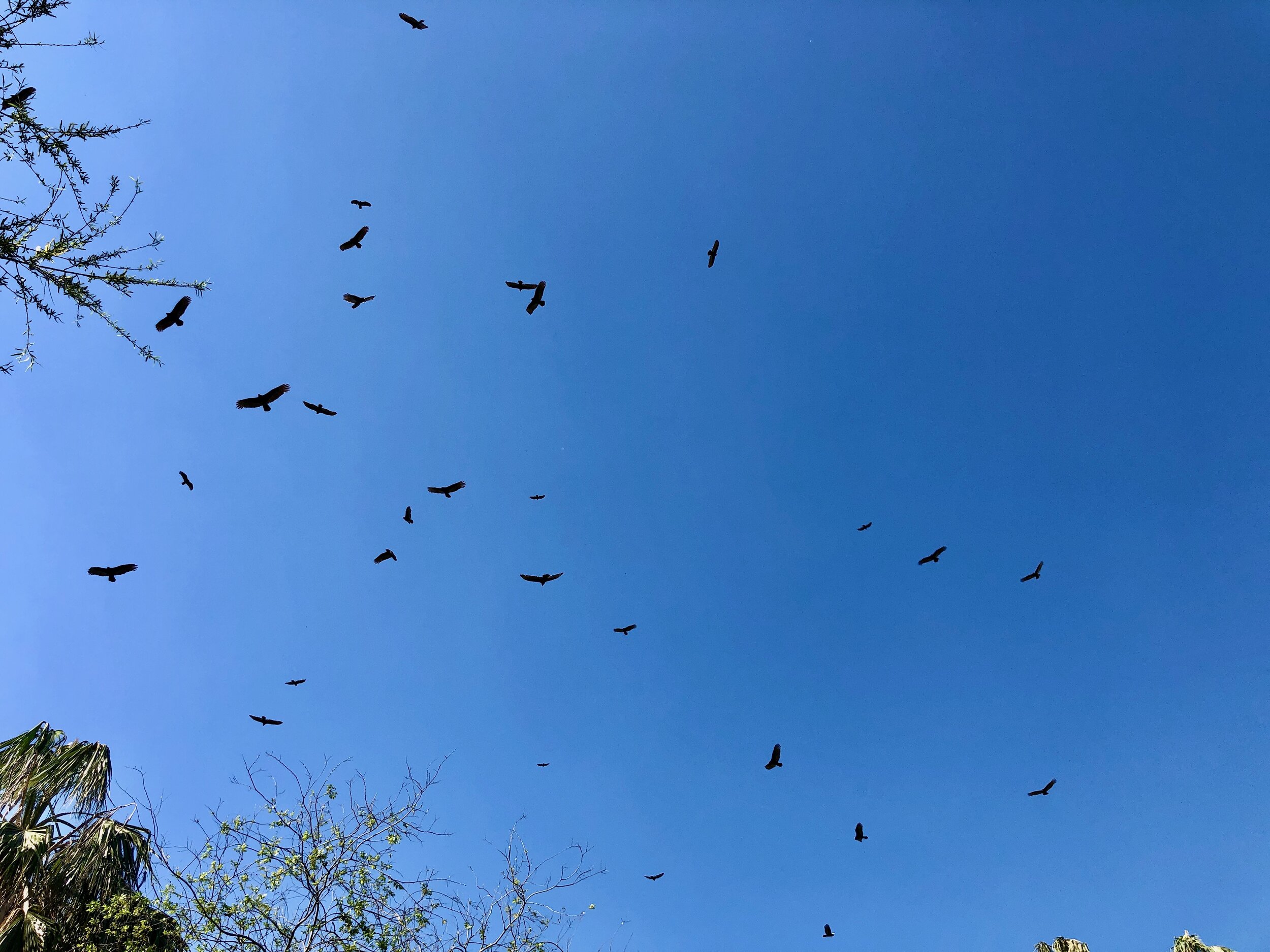




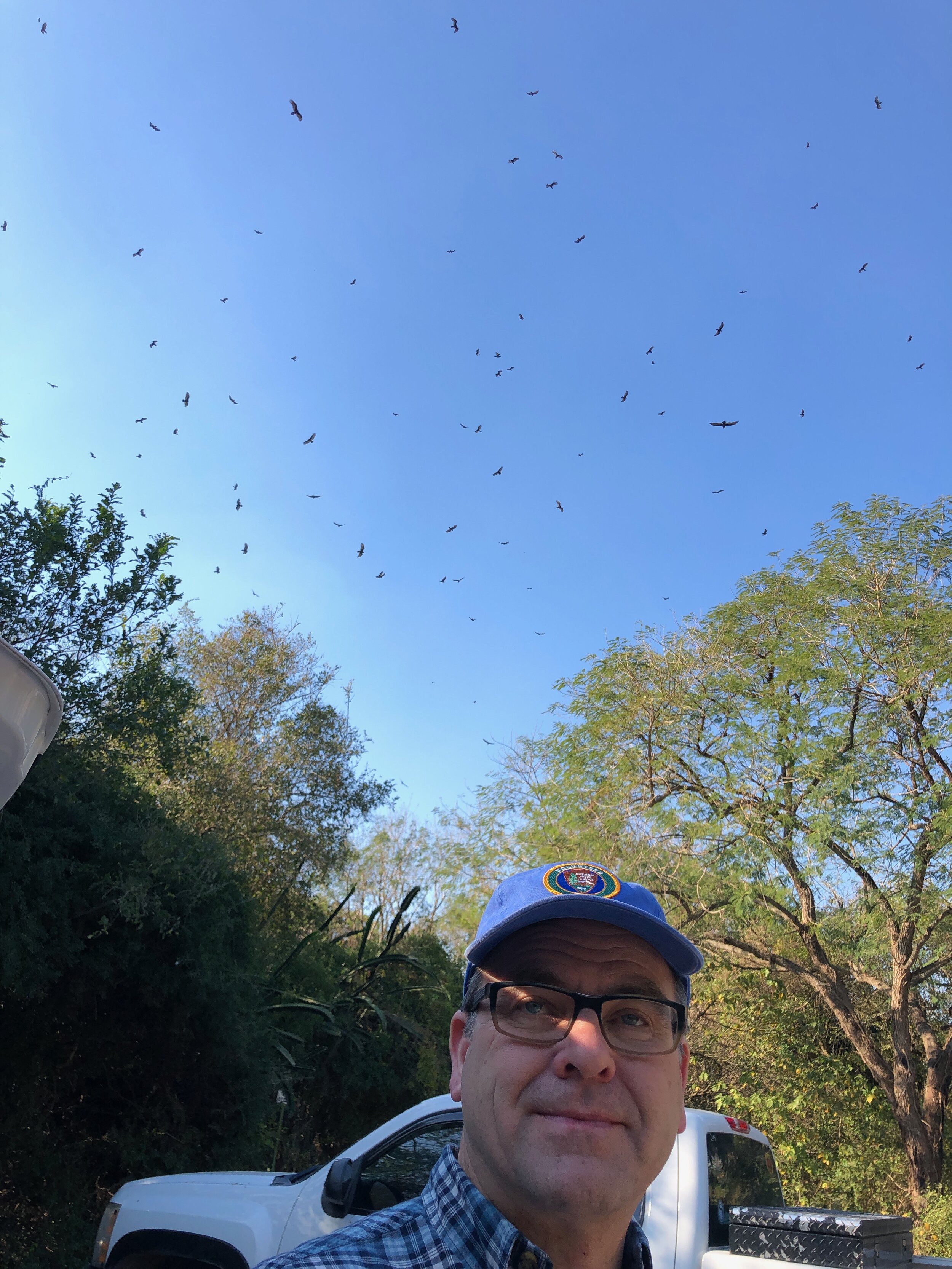



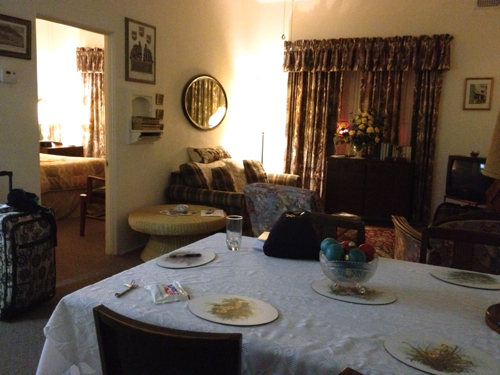
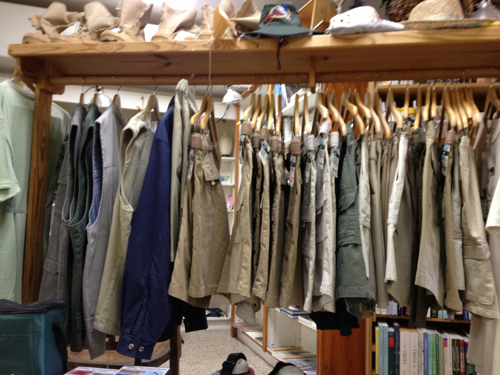
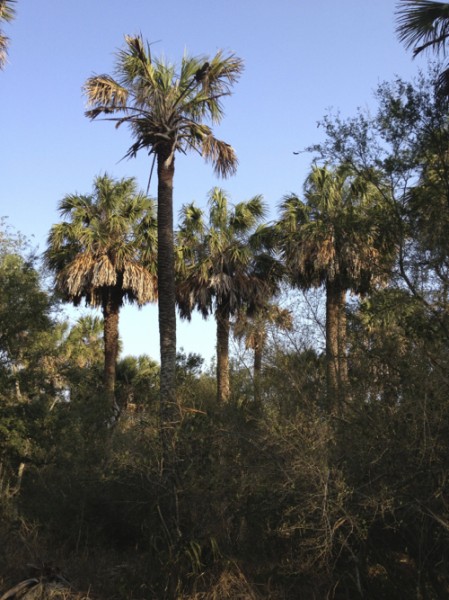
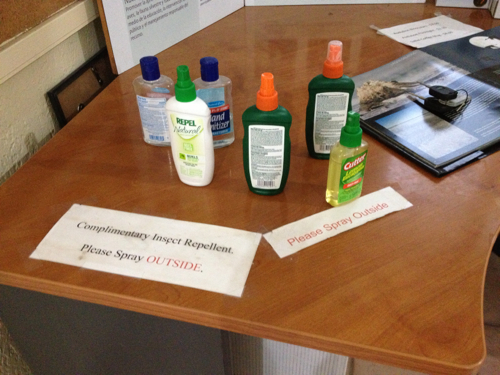
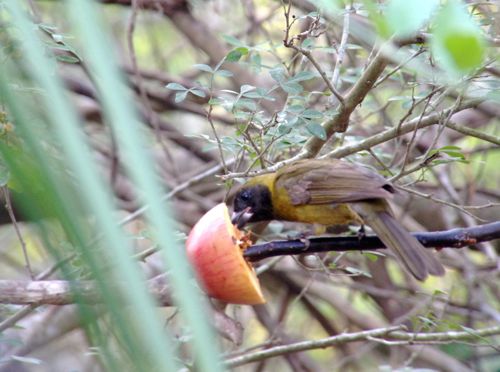
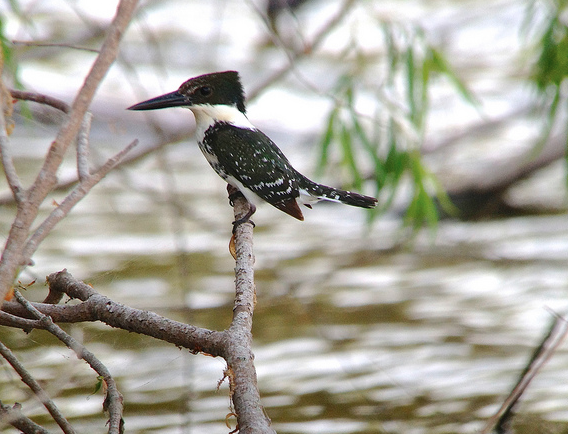
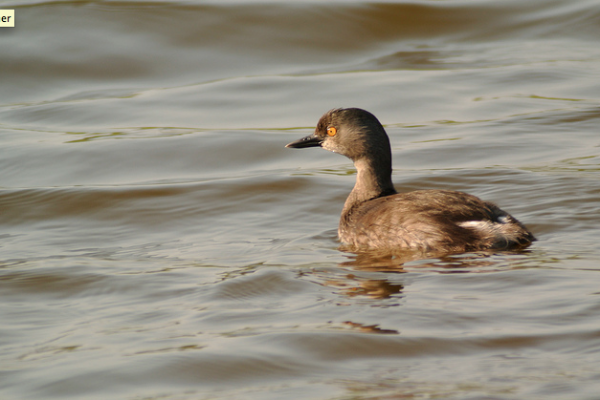
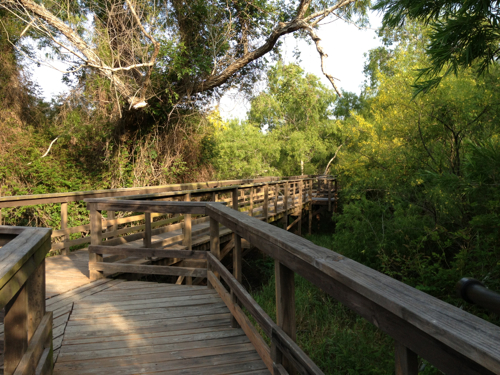
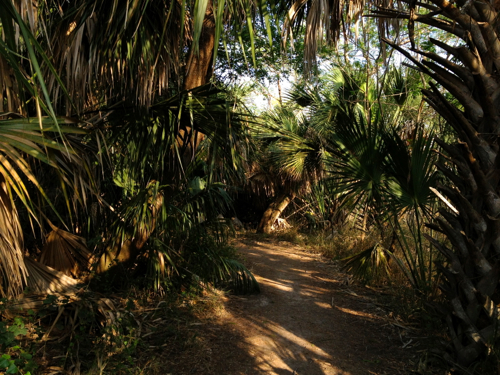










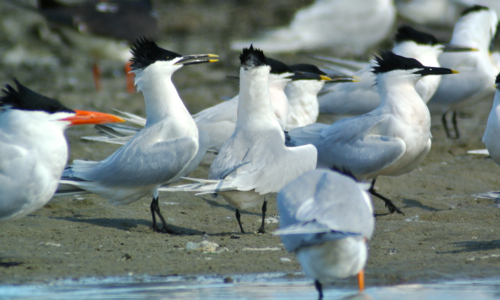



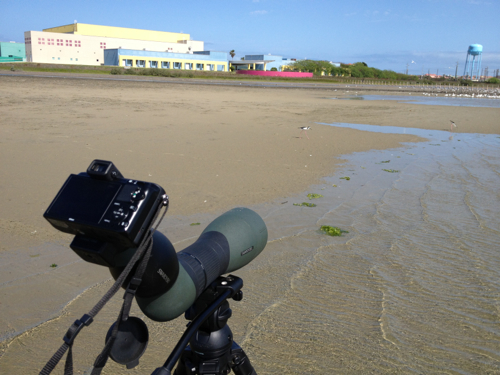




















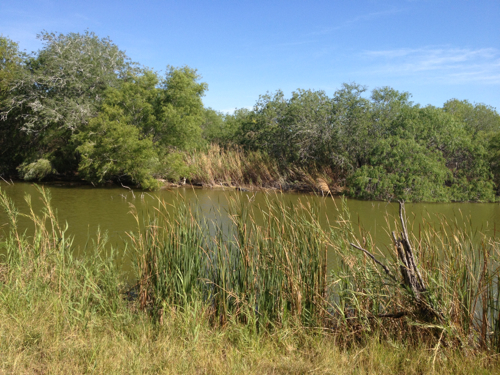
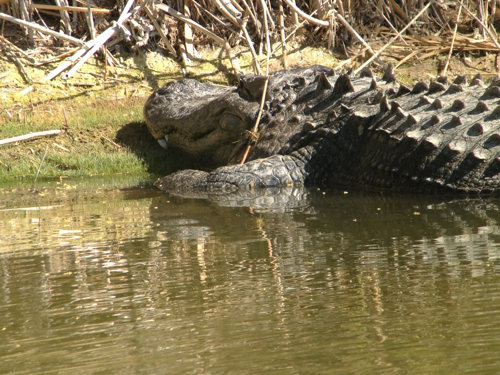
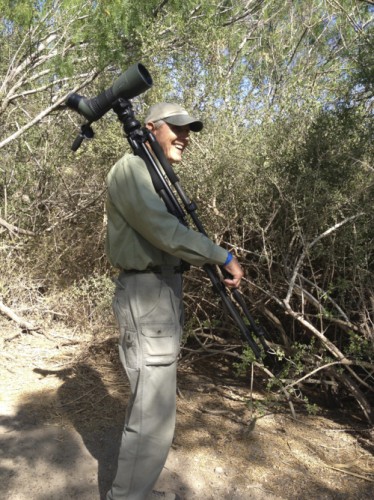
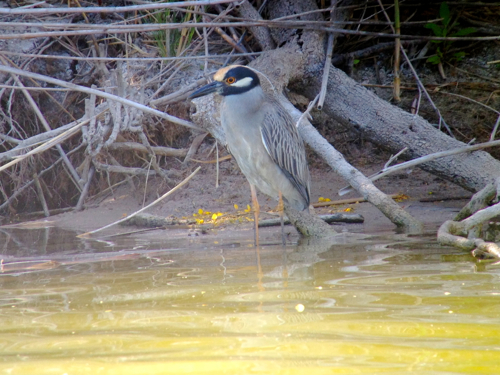
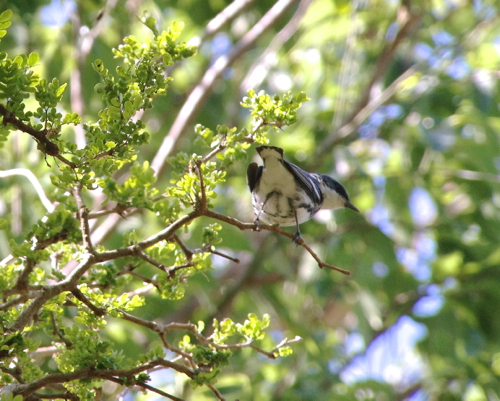
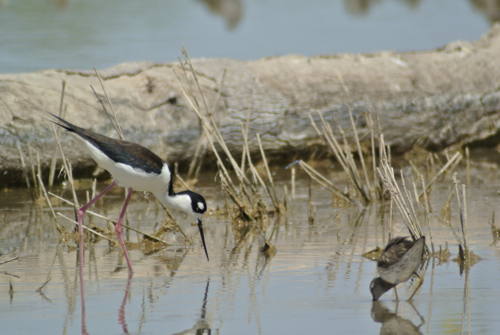
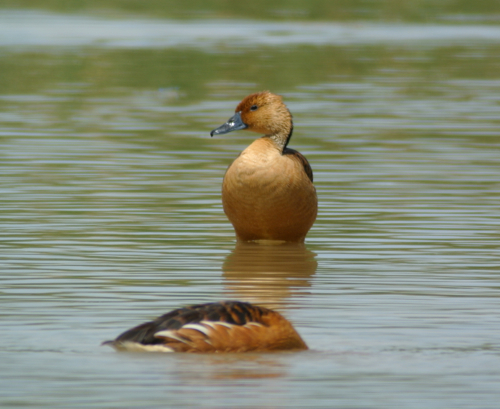
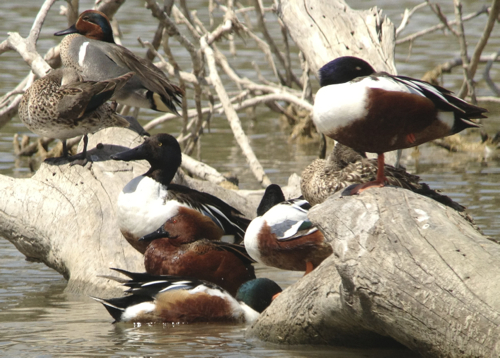
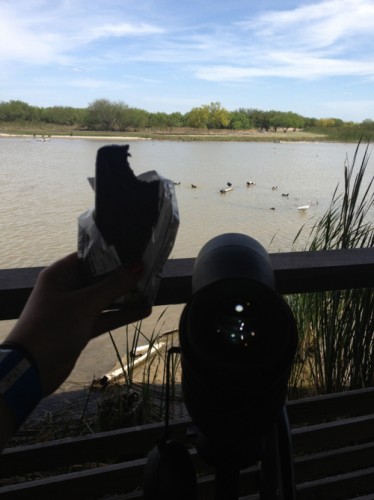
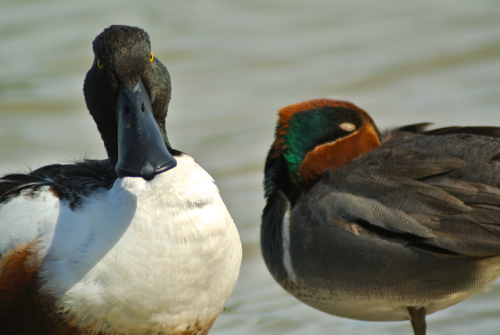
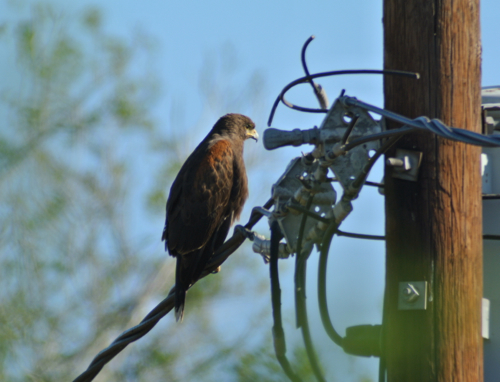

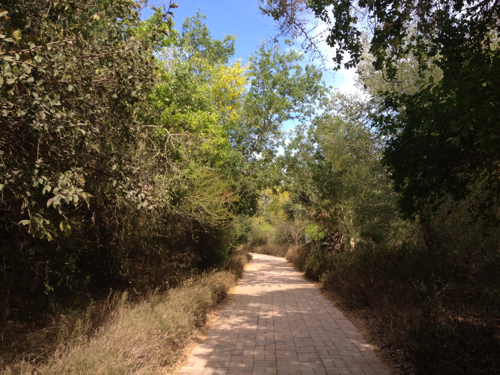
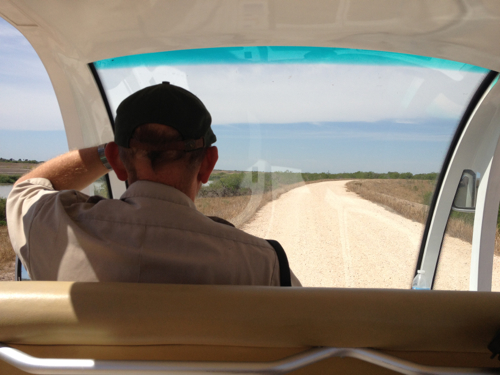
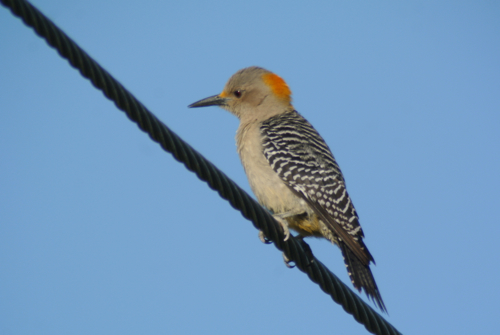
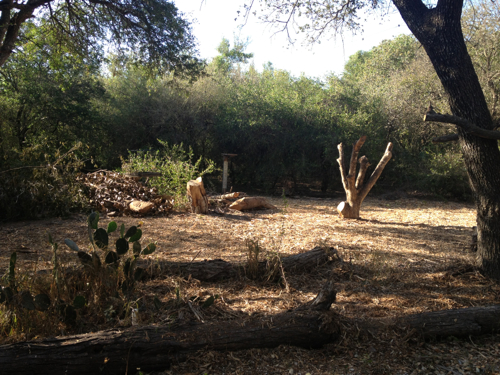
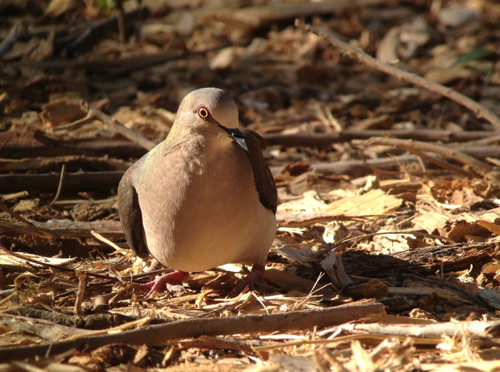
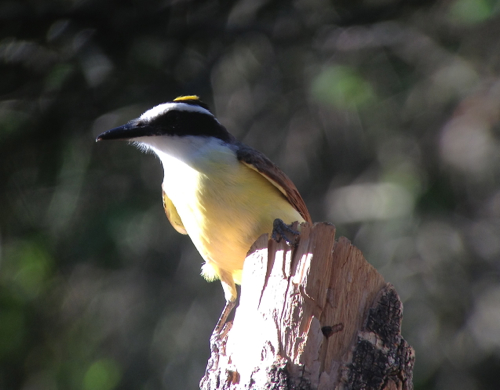
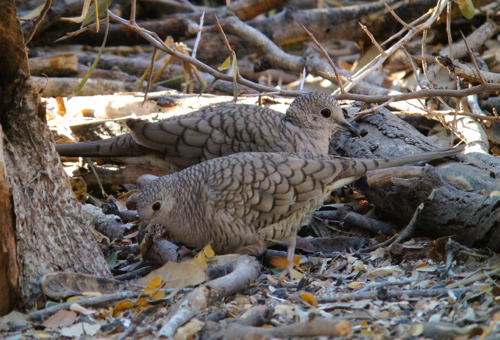
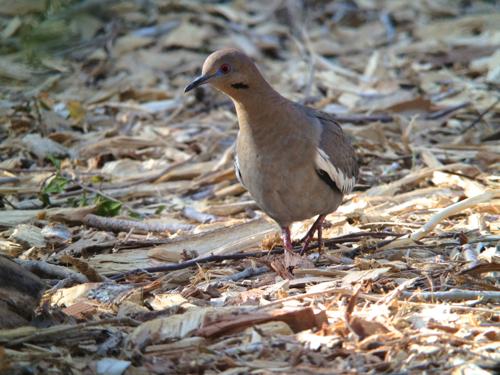
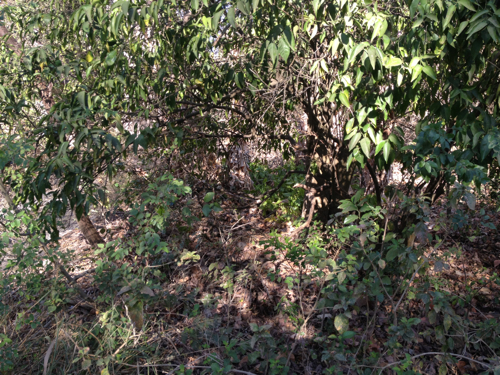
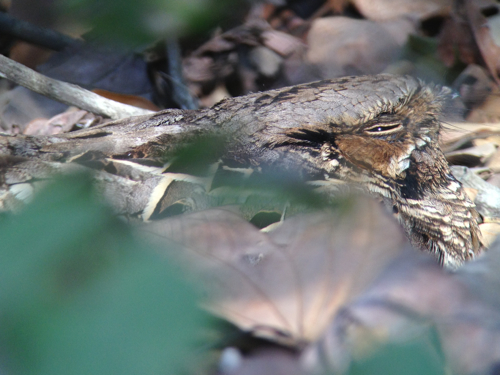
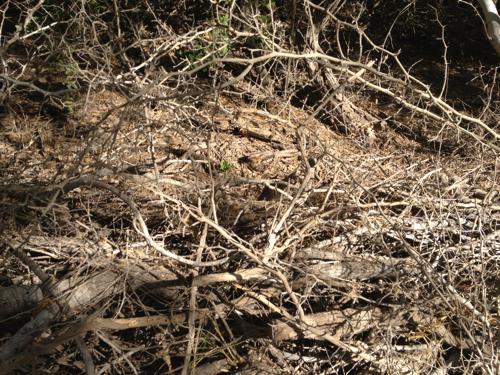
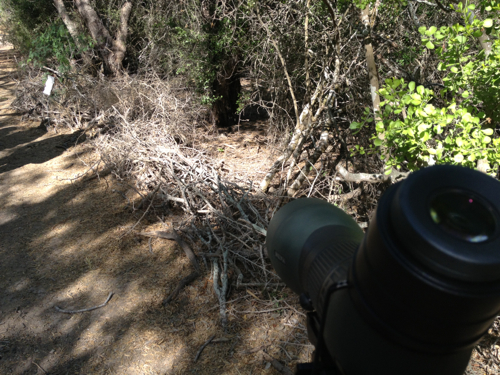
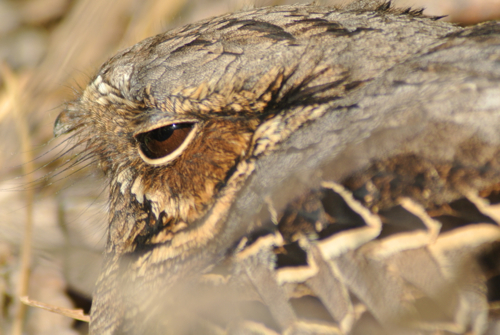
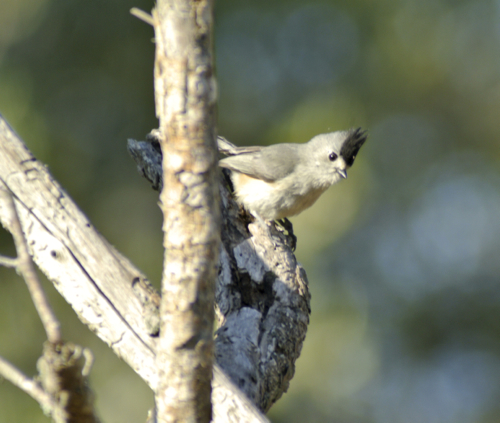

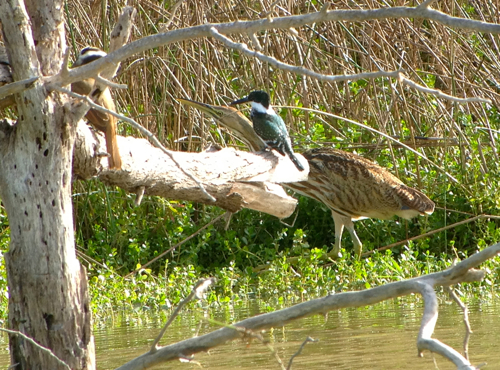
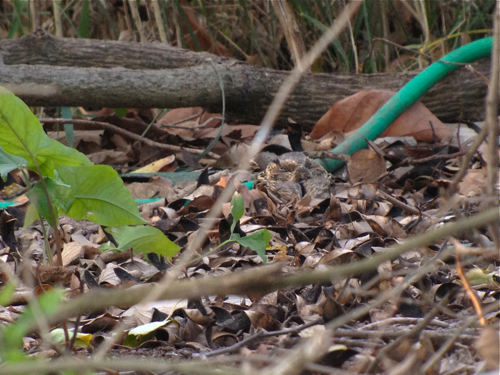

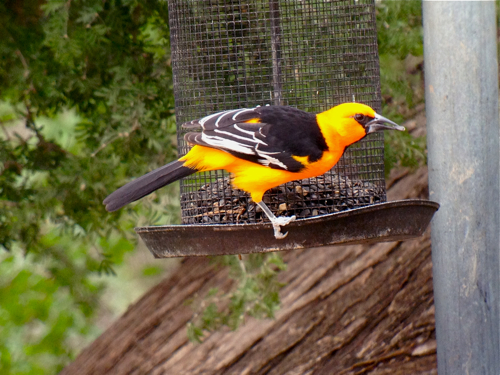 Orioles are not birds that one typically associate with being seed eaters but this Altimira oriole at Bentsen Rio Grande State Park certainly seemed to dig them. Most of us think of orioles as nectar, fruit and jelly feeder birds but I've seen them sample seed and suet when Baltimore orioles arrive up in Minnesota and Wisconsin in early spring during a cold snap. This bird had ample
Orioles are not birds that one typically associate with being seed eaters but this Altimira oriole at Bentsen Rio Grande State Park certainly seemed to dig them. Most of us think of orioles as nectar, fruit and jelly feeder birds but I've seen them sample seed and suet when Baltimore orioles arrive up in Minnesota and Wisconsin in early spring during a cold snap. This bird had ample 